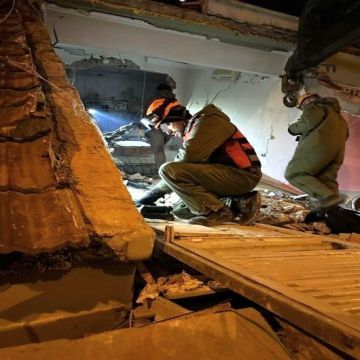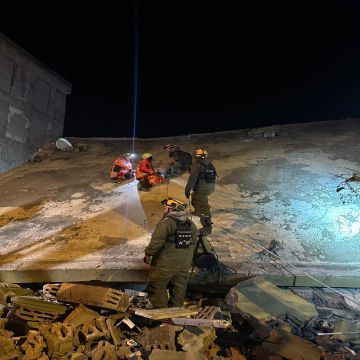Pinpointing Life Amidst Chaos: The Precision of Movement Sensing in Disaster Response
)
In the harrowing aftermath of a disaster, the imperative to locate survivors is a relentless pursuit. Every moment is critical, and the tools employed must be capable of cutting through the chaos to reveal signs of life. While a range of technologies contribute to search and rescue, the emergence of precise movement sensing, particularly using Ultra-Wideband (UWB) radar, is fundamentally changing how we approach these critical missions.
Imagine a scene of devastation: a collapsed structure, a tangled mass of debris. Traditional methods, such as acoustic and seismic sensors, aim to detect sounds or vibrations from survivors. However, these systems face significant limitations. In the turbulent environment of a disaster site, background noise from heavy machinery, ongoing rescue efforts, and the shifting debris itself can drown out the faintest signals. Moreover, seismic sensors require a relatively stable environment to function effectively, a condition rarely met in the immediate aftermath of a collapse.
UWB radar offers a distinct advantage in these challenging scenarios. Unlike sound or vibration-based systems, it penetrates dense materials, sensing even the most subtle movements – a shallow breath, a slight tremor, a minute pulse. This capability allows rescue teams to detect life even when survivors are deeply buried or obscured by thick barriers. Critically, UWB radar provides the precise location of the survivor, not just a general indication of their presence.
This pinpoint accuracy is vital. Knowing exactly where to focus rescue efforts saves precious time and resources, maximizing the chances of a successful outcome. In the urgency of a disaster response, this level of precision can be the decisive factor in saving lives.
The integration of UWB radar into search and rescue operations represents a significant advancement. It provides a level of clarity and precision that other technologies struggle to achieve in noisy and unstable environments. It complements existing strategies, offering a reliable solution when traditional methods are compromised.
Beyond immediate rescue missions, the data gathered by UWB radar can contribute to a deeper understanding of human behavior in disaster situations. By analyzing movement patterns, researchers can gain insights into how people react under extreme stress, informing the development of more effective rescue strategies and technologies.
The advancements in movement sensing are a testament to human ingenuity and our unwavering commitment to saving lives. They represent a fusion of cutting-edge technology and compassionate action, a powerful combination that can make a real difference in the face of disaster. As we continue to refine and develop these technologies, we move closer to a future where the impact of disasters is mitigated, and the chances of survival are significantly increased.
In the heart of every rescue operation lies a fundamental truth: every life matters. The ability to detect the faintest movement, to pinpoint the exact location of a survivor, is not just a technological achievement; it’s a beacon of hope, a testament to our unwavering belief in the power of rescue.




